What Are the Different Types of Beer Glasses? A Complete Guide
For the true beer connoisseur, drinking glasses matter. Red wine should be served in a balloon style glass, white wine should be served in a taller more narrow glass, and whisky should be served in a tumbler. Of course, you can toss any drink into any container and drink it down. You could even drink straight from the bottle, no matter the size.
But there is something about drinking a beverage from the glass intended for it.
When it comes to beer, a variety of glasses are available, and each one has its own beer to be poured into it.
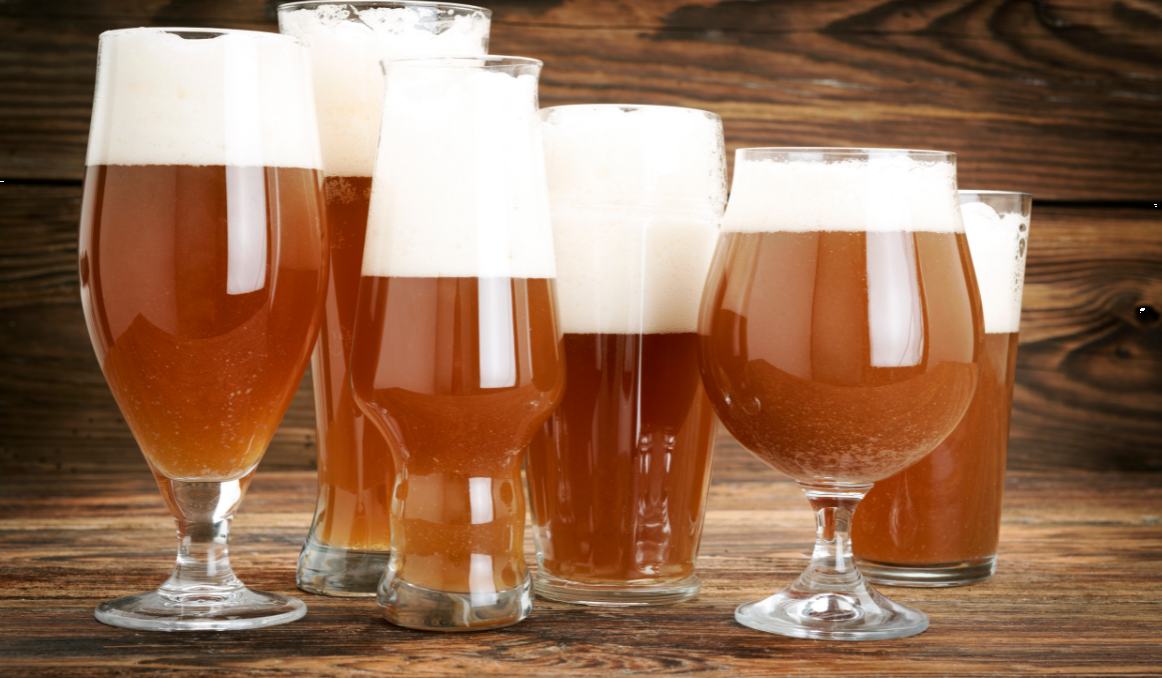
Beer Glasses Through History
Special vessels have been used throughout the ages for beer drinking, with glass coming into fashion during the Roman times. Before that, beer had been drunk from wood, metal, and leather. Pewter had a brief moment in the spotlight, but lost its trendiness fairly quickly.
Today, most beer is drunk from glasses, and as a result, those glasses take on many forms.
What’s the Big Deal?
Drinking different types of beer from their proper glasses aids in the experience of the flavor and aroma profiles.
Beer has so many wonderful components, from the esters and herbs to the hops and grains. When drunk from the proper glass, at the proper temperature, you can get the full appreciation of it all.
Below, find the top 13 most popular beer glasses, which beer is intended for them, and how to use them.
Top 13 Most Popular Beer Glasses
1. Pint Glass

A versatile glass used for every type of beer from wheat beers to stouts, the pint glass is the one most commonly found in restaurants and pubs.
Pint glasses come in two different styles: American and English. The American pint glass holds 16 ounces and is a tapered cylinder with straight sides. The English pint glass holds 20 ounces and looks much like the American version with the exception of a slight lip at the top.
2. Pilsner Glass

The Pilsner glass was designed for drinking pilsner beer, but they can also be used for light lagers and blonde ales. The tapered design with a slight ballooning out at the top, the glass is thin and tall, allowing for the golden hues to be seen well. The wider mouth also allows for a large, foamy head from which to enjoy the full aroma before you take your first sip. The Pilsner glass typically holds 14 ounces.
3. Weizen

Weizen means wheat, and as such is designed for drinking wheat beers, though they can also be used for gose and white ale. The glass is taller than a pint glass, and it resembles it in shape, holding 17 ounces.
4. Stemmed Tulip

The stemmed tulip glass sits on a short stem, has a small bowl at the bottom, and tapers up to a narrower neck and rim. This glass is ideal for hoppy beers and double stouts as it is great for swirling the drink around to release all the strong flavors and aromas.
5. Mug

If your primary goal is to keep your beer cold, you’ll use a chilled mug. The mug has been around for centuries, and evolved from the German stein glass. Keep them in your freezer for when you want to serve pretty much any beer you would serve ice cold.
6. Rye

This type of glass runs straight up and down and is ideal for a delicate beer like a bock as it will intensify flavors and preserve the bubbles.
7. Blonde

Another great glass for delicate beers is the blonde, similar in shape to a Pilsner glass in its tapered top. It has a sturdy bottom and is easy to hold on to.
8. Ale
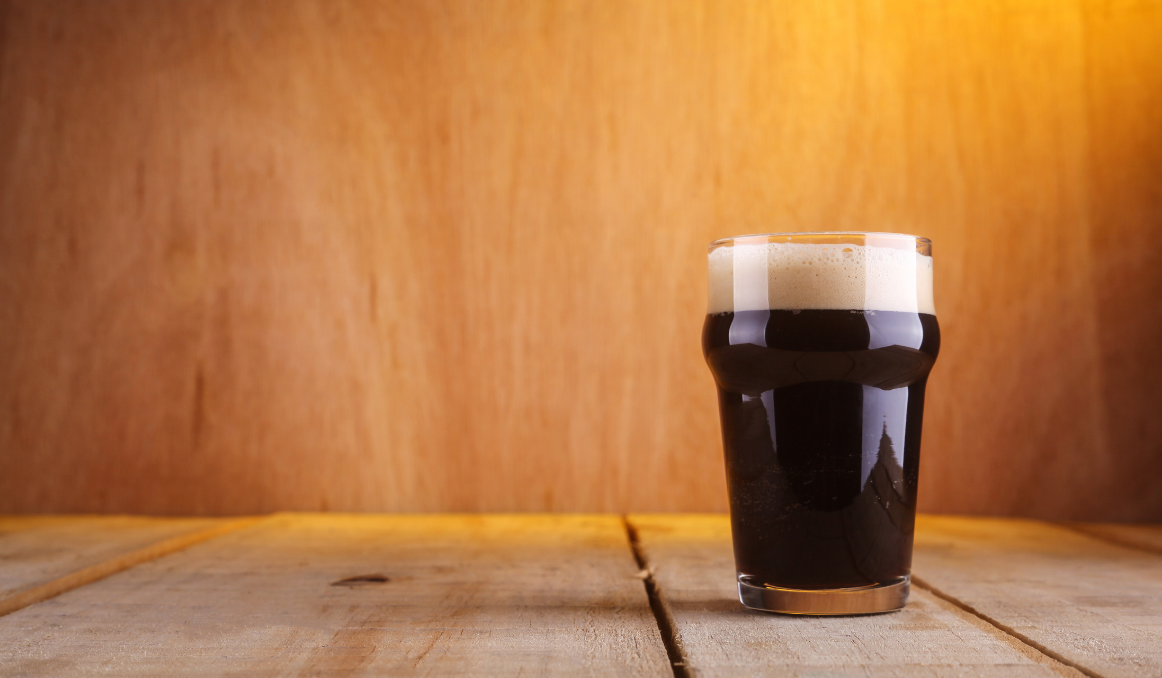
The ale glass looks a lot like the American pint glass, with the exception of a slight bulge just below the rim, protecting the rim from getting chipped. This glass is perfect for ales, of course, but also IPAs and stouts.
9. Snifter
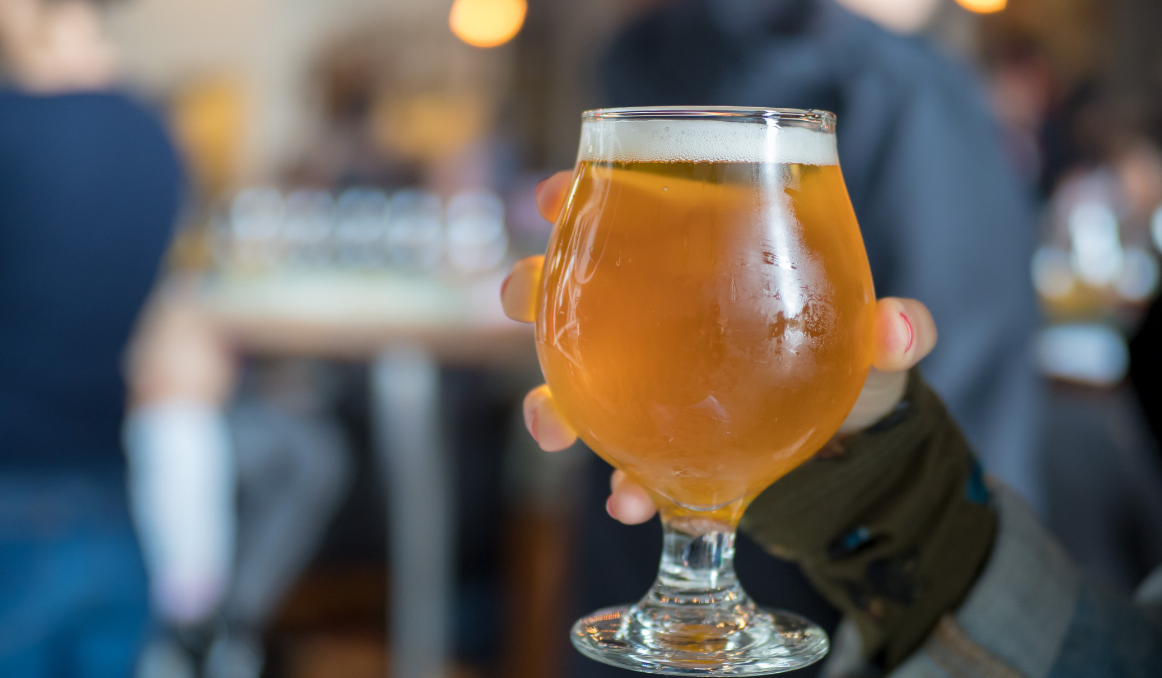
Snifters have been around forever for drinking brandy and cognac, but now they are frequently used for deriving maximum pleasure from beer. With a large bowl that sits in a short stem, this glass is ideal for swirling the contents to release all flavors and aromas.
10. Tasting

Tasting glasses are typically served in flights for tasting a variety of beers at a craft brewery. They look like mini versions of the rye glass, only holding approximately 3 ounces.
11. IPA

The IPA glass is the newest arrival on the beer glass list, which makes sense as IPAs are fairly recent arrivals in the beer game. This glass looks like an elongated goblet and is ideal for aerating super hoppy beers.
12. Goblet
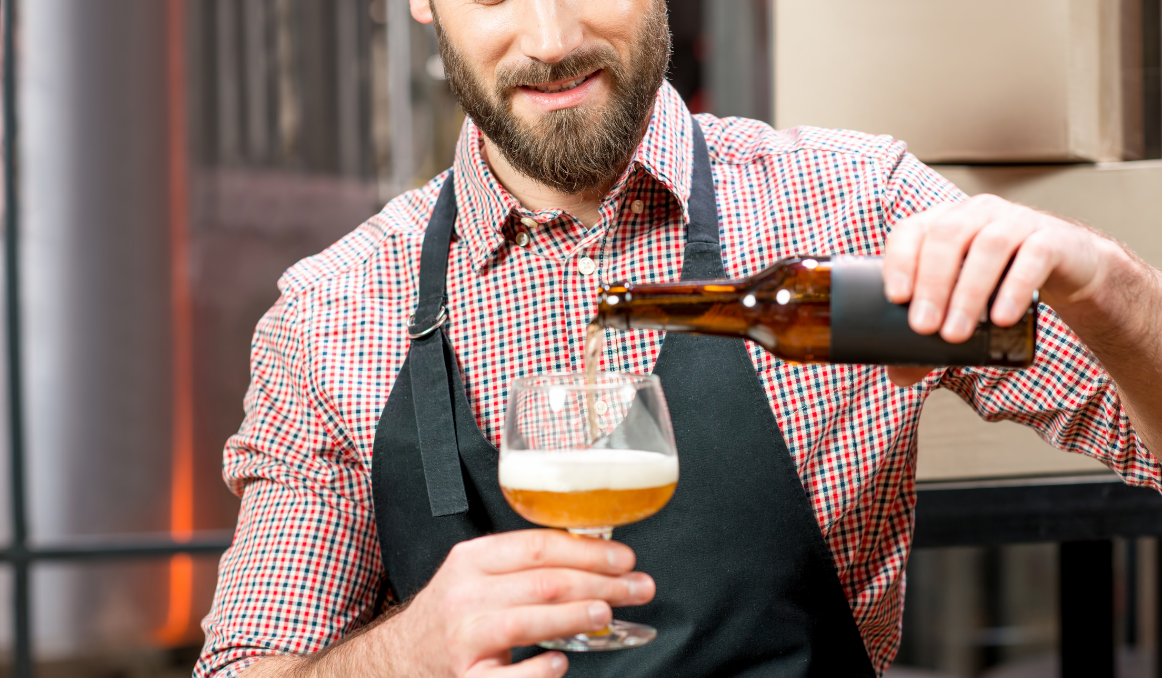
A goblet has a long, thick stem that leads seamlessly into the bottom of the glass, which expands outward in a bowl shape and then tapers back in for the rim, which maintains a fairly wide mouth. The goblet is ideal for heavy malt beers and German bocks.
13. Lager
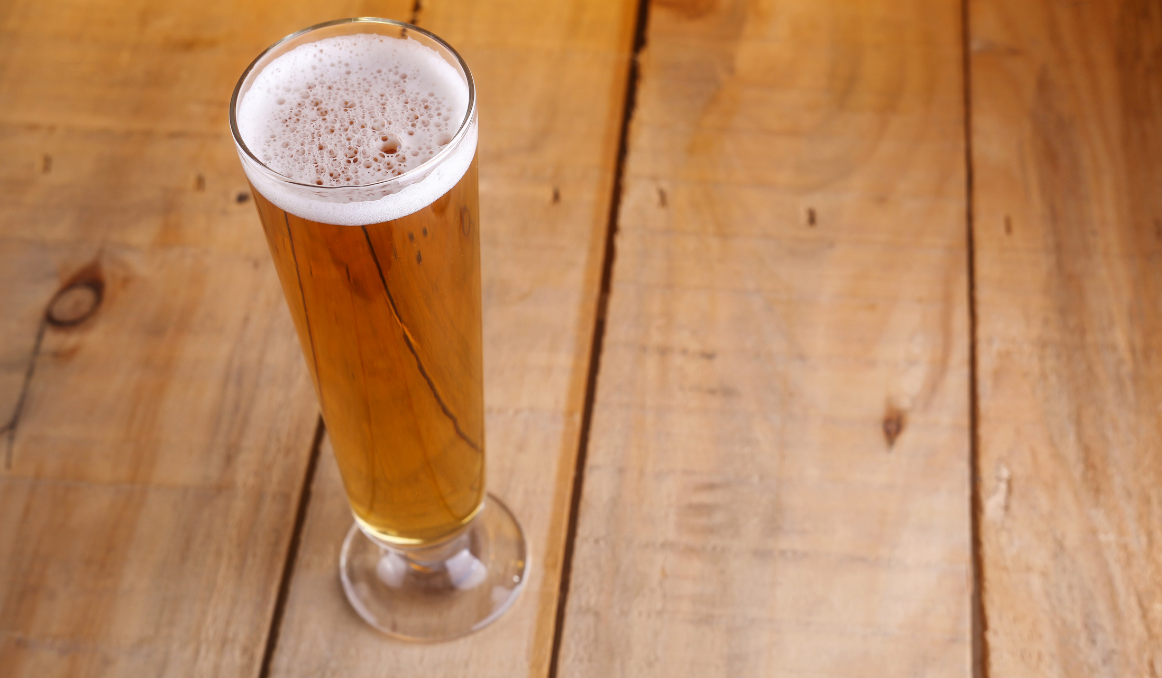
A tall, slender glass that tapers outward, the lager glass can actually come in a few styles, but it is surely always one that will allow for locking in carbonation and maintaining the beer’s foamy head.
Surely, there are other glasses that could be pointed to as beer glasses, but these 13 are the most popular among them. When you decide to use your glass, you must also consider which temperature you hope to serve, and drink, your beer at, which will help you decide whether to chill your glass or not.
Cheers!
Passionate about the beer and/or wine making process? So are we! If you’re interested in finding out how you can use our technology to control fermentation and monitor your yeast, save work hours and improve the cost-efficiency of your business, drop us a line at [email protected] or check out our product pages:
- Oculyze BB 2.0 (Better Brewing) Yeast Cell Counter App + Hardware
- Oculyze FW (Fermentation Wine) Yeast Cell Counter App + Hardware
Sources:


